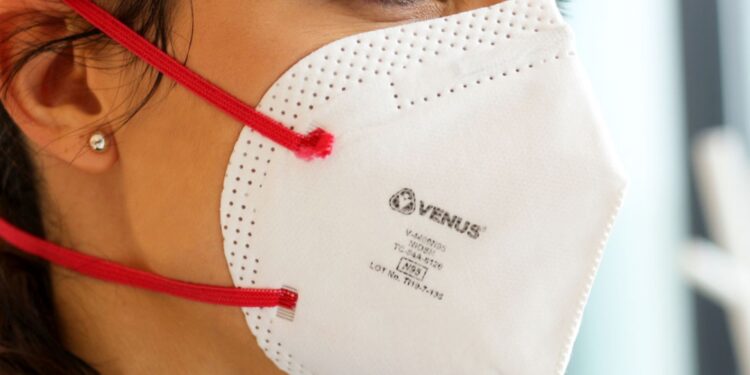Masks are a part of protective equipment in many jobs and they filter the air people breathe in. However, in the last year, they have become a part of everyday life for many people all over the world. Of course, it is about the COVID-19 pandemic, which has come a long way since the end of last year, starting in China and spreading around the world.
Since the virus is easily transmitted, masks do not give you 100% protection and they are mostly used to slow down the spread.
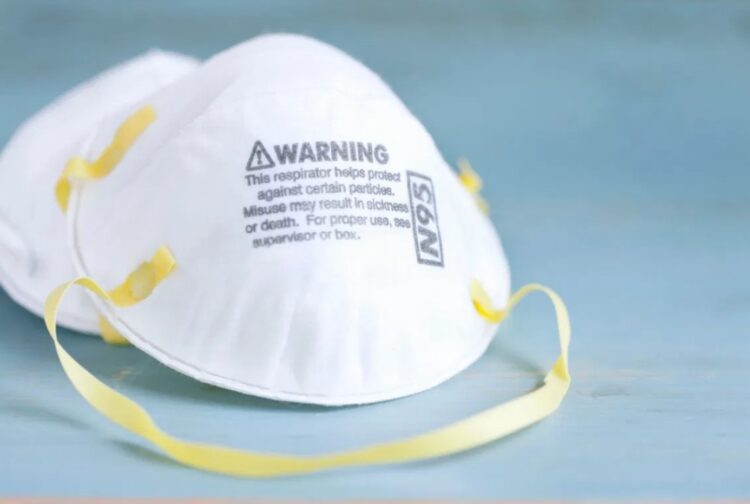
How the mask protects us?
The role of the mask is to prevent the spread of viral infections from one person to another. It is also mandatory in many professions. It is part of the daily work equipment of surgeons, as well as people who work in places where they are exposed to inhaling harmful substances. There are many types of masks, and the N95 is one of the most commonly used.
The protective mask prevents that person from breathing out microbes directly in the air/ There are three folds on the protective mask that are used to stretch the mask to cover the area from the nose to the chin.
According to regulatory standards, respirators are classified according to the level of filtration of particles with a size of 0.3 micrometers.
The United States uses N-digit notation (N95, N99, N100), while the Chinese opted for two-digit KN letters (KN95, KN99). Meanwhile, Australia and New Zealand denote the filtration level by the letter P and one-digit number (P1, P2, P3), and in the European Union, the marking with the FFP code with a one-digit number (FFP1, FFP2, FFP3) is used.
By reviewing the level of filtration and comparing the applicable standards, it can be concluded that the protective masks marked N95, KN95, P2, and FFP2 have the same level of filtration (> 94%) and are equivalent. Likewise, masks bearing the designations N99, KN99, P3, and FFP3 are equivalent in terms of the filtration level of 0.3-micrometer particles (> 98%).
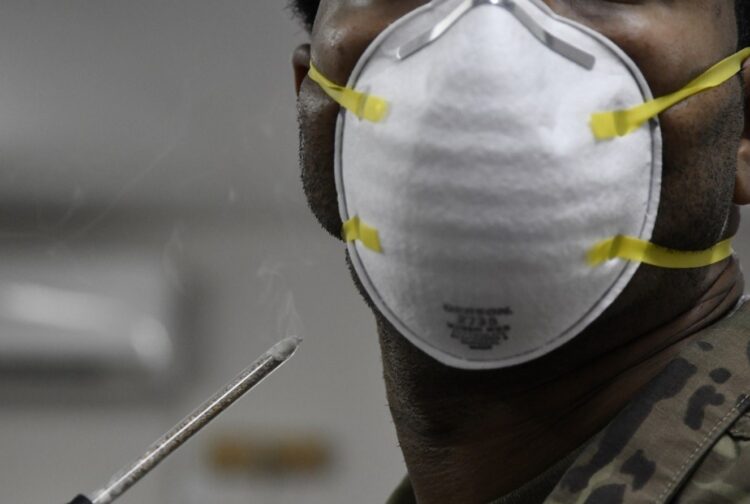
What can serve as an alternative to the N95 mask?
There are many alternatives to these masks, but it mostly depends on the purpose. We bring you some options.
1. Surgical masks
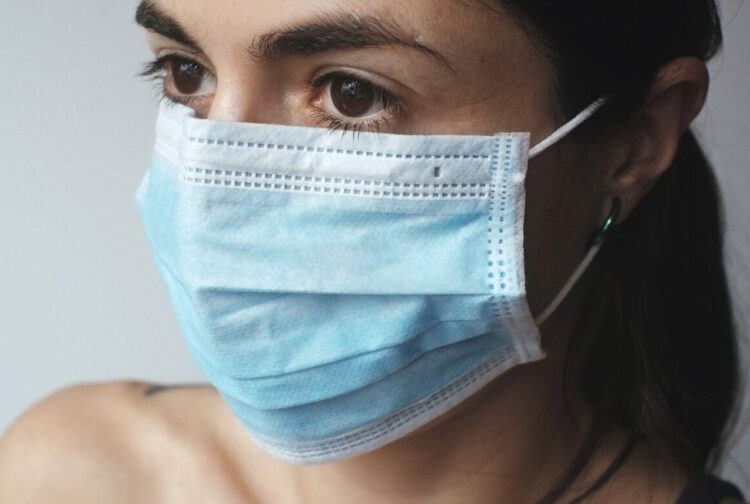
Medical face masks are designed to protect the patient and his environment (air, surfaces, equipment). According to the degree of protection, there are two basic types, type I (BFE1) and type II (BFE2). Type I is used for medical patients to reduce the risk of spreading infections. Type II masks are intended for medical use for workers in operative and aseptic procedures. You can put those masks on and off without any effort and a majority of people use them daily.
Protective masks absorb moisture in different ways. As a result, they can be worn for longer than just one hour. Normally, medical masks are worn from 2 to 8 hours, depending on the degree of protection and contamination of the mask.
2. Visor
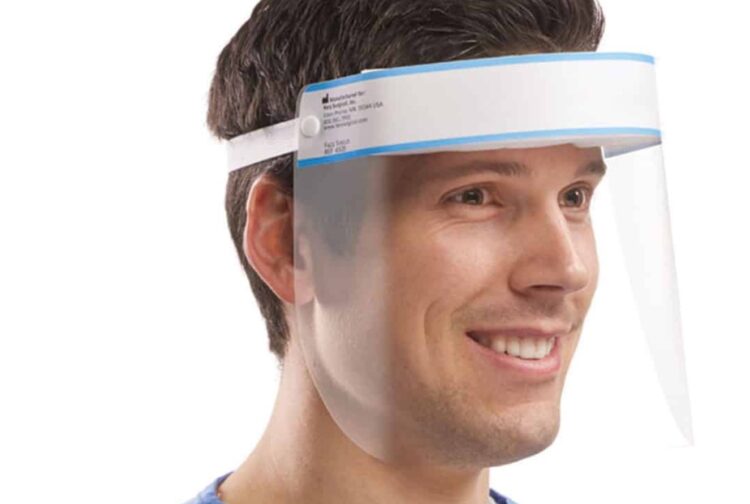
The mask is uncomfortable and people are not used to wearing them. They have a feeling that others do not understand them as they speak, it is warm and it is not so easy to breathe. That is why the thin curved plastic that we attach in front of the lips and nose leaves a little more freedom, so many prefer to opt for a visor instead of a mask.
Is a visor as effective as a mask?
According to a 2014 study, visors can block infectious droplets by almost 96 percent. However, the visor cannot protect against smaller particles, such as an aerosol, because we can inhale it if we do not wear a mask. Also, the mask additionally protects others if you are possibly infected. That is why the safest way to protect you and others is by wearing a mask, and the combination of a mask and a visor is also very effective.
This is, at the same time, how medical workers are protected. There is more and more evidence that the SARS-CoV-2 virus can enter through the tear ducts and attack the eyes, and thus endanger the entire organism. That is why it is important not only to protect the mouth and nose but also to the entire face. Besides, it is necessary to take care that contaminated hands do not touch the face, mouth, nose, and eyes. Canberra Diamond Blade Suppliers will give you more information about masks and other protective equipment.
3. Semi-fabric masks for particle protection (respiratory masks)

Half-shaped masks are classified according to filtration efficiency and the maximum amount of inhaled air when breathing. They are divided into three classes, FFP1, FFP2, and FFP3. They can also be further classified according to whether they are disposable or reusable. The hemispherical mask is protective equipment that prevents the user from inhaling the aerosol (dust, smoke, fog), as well as vapors and gases (disinfectants, anesthetic gases) which are dangerous to health. It also prevents the spreading of infectious agents such as bacteria and viruses, including new coronavirus, SARS, H1N1, etc. A semi-shaped protective mask covers the nose, mouth, and chin. Besides, may have a special inhalation or exhalation valve, which provides greater user comfort and prevents condensation inside masks. It is made entirely as a filter or contains the part on which it is filter already installed.
If a filter is installed on the half-face mask, it can also limit the effectiveness of protection from self-certain gases, vapors, or particles manufacturer this, in this case, must be clearly stated). Tight adhesion to the face, even when the skin dry or moist, and allows the wearer to move his head freely. These masks must protect the wearer from inhaling the infected “drops”. The experience of medical staff shows that FFP2 (or FFP3 even better) masks provide a good enough level of protection from coronavirus infection, and which all depends on the quality of manufacture masks.
These are all the alternatives to the N95 mask that prove to be effective. The important thing is to wear something to slow down the virus from spreading and protect everyone around you.

